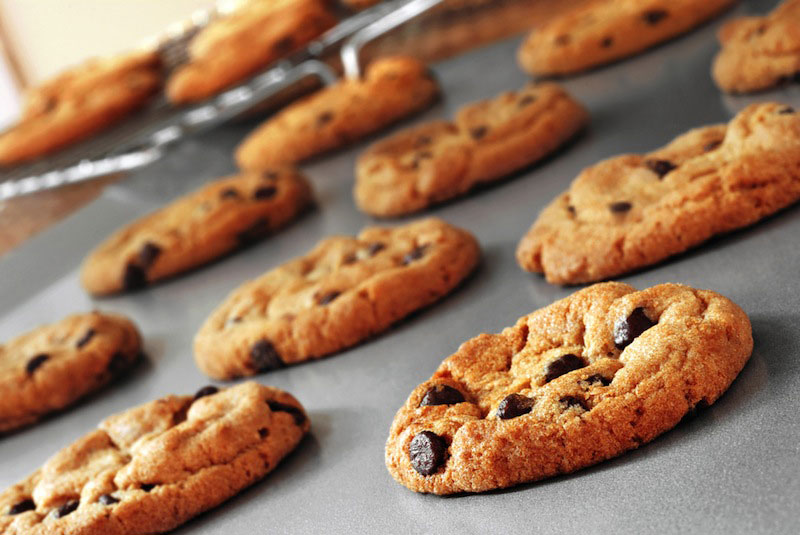5 Foods That Face Changes with Trans Fat Ban

The Food and Drug Administration's announcement today (Nov. 7) that trans fats could be phased out means that some popular food products may need to be reformulated in the future to comply with the law.
The FDA said it has taken steps to move trans fat out of its current category of food ingredients that are "generally recognized as safe" (GRAS). If trans fat are not GRAS, they would become illegal food additives, unless food companies can prove that they are not harmful to health, which would be a challenge, Michael R. Taylor, the FDA's deputy commissioner for foods and veterinary medicine, told the New York Times.
Before the decision is finalized, the FDA is seeking public comment for 60 days to hear from the food industry and other experts to determine how long it would take food manufacturers to phase out trans fats, and how the change would impact small businesses.
Trans fats are produced when hydrogen is added to vegetable oil to make it more solid, and companies began adding the ingredient to processed food in the 1950s to lengthen the shelf-life and flavor stability of their products, the FDA said. [3 Tips for Eating Less Trans Fat]
Since 2006, food companies have been required to list trans fat on their labels, a law that pressured many manufactures to reduce trans fat in their products. In fact, the average American today consumes about 1 gram of trans fat daily, down from 4.6 grams in 2003, according to the FDA. U.S. dietary guidelines recommend that people keep trans fat consumption as low as possible.
However, trans fats can still be found in some processed foods, and is listed on the ingredients label as partially hydrogenated oil. Here's a list of some popular trans fat holdouts that may be affected by the FDA proposal:
Microwave popcorn:
Get the world’s most fascinating discoveries delivered straight to your inbox.
According to a recent study published in the journal Preventing Chronic Disease, declines in trans fat in microwave popcorn have been particularly slow compared to some other food products. In 2011, popcorn products had an average of nearly 4 grams of trans fat per serving, the study found.
Some popcorn brands have eliminated trans fat, but others still contain up to 5 grams of trans fat per serving, according to the Centers for Science in the Public Interest.
Cookies and crackers:
Some baked goods, such as cookies and crackers, can contain trans fat, saidKatherine Tallmadge, a registered dietitian, and op-ed contributor to LiveScience. Manufacturers of these products like to use trans fat because it's a solid at room temperature that helps the product to be crispy, Tallmadge said. Cookies can contain up to 3.5 grams of trans fat per serving, according to the CDC.
Still, Tallmadge noted "a lot of trans fats are out of the marketplace," thanks to the requirement that trans fat be listed on food labels.
Refrigerated dough and pie crust:
Refrigerated dough, like cookie and biscuit dough, and ready-made pie crust can make dessert-making easy, but consumers should be wary of trans fat in the products. Some brands of refrigerated dough and ready-made pie crusts or mixes can contain between 2 and 3 grams of trans fat, according to the CSPI.
Margarines:
Trans fat in margarines has also declined slowly in recent years, according to the Preventing Chronic Disease study. The study found that margarine and spread products contained, on average, about 2 grams of trans fat per serving in 2011.
Coffee creamers:
Some coffee creamers contain trans fat, according to the FDA. In a 2008 study by CSPI, some coffee creamers were found to have between 0.1 and 0.7 grams of trans fat.
Products that contain less than 0.5 grams of trans fat can be labeled as containing 0 grams, the FDA says. So consumers should look at ingredient labels and try to avoid creamers that list partially hydrogenated soy or canola oil, the CSPI says.
Follow Rachael Rettner @RachaelRettner. Follow LiveScience @livescience, Facebook & Google+. Original article on LiveScience.

Rachael is a Live Science contributor, and was a former channel editor and senior writer for Live Science between 2010 and 2022. She has a master's degree in journalism from New York University's Science, Health and Environmental Reporting Program. She also holds a B.S. in molecular biology and an M.S. in biology from the University of California, San Diego. Her work has appeared in Scienceline, The Washington Post and Scientific American.
 Live Science Plus
Live Science Plus





